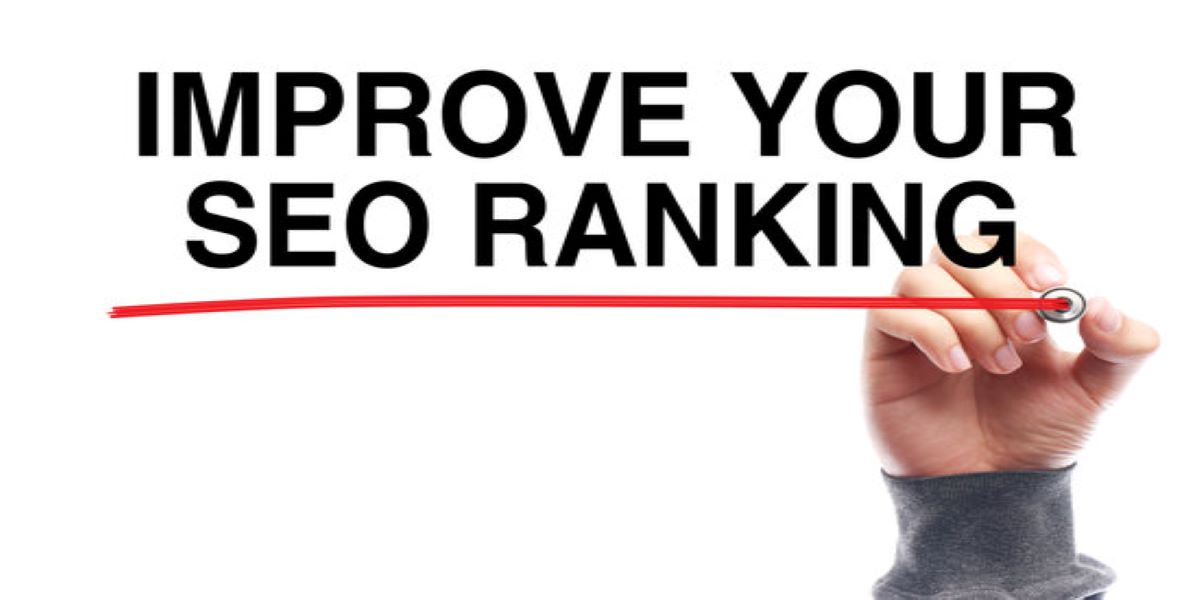You notice a drop in your Google rankings, and the first inclination is to sound the alarm.
First of all, don’t panic.
While it is critical to find out the reason for the drop, it is not uncommon for it to happen.
Similar to death and taxes, drops in rankings are almost certainly going to happen over time even if you’re working with a leading digital marketing company in Calabasas, CA, like the Avita Group.
Many factors can cause a sudden drop in Google rankings, such as changes recently made to your website, a technical issue, improvements made by a competitor’s website, an algorithm update, a Google penalty, or even SERP layout changes.
Most of the time, the drop is temporary, and your rankings bounce back in the next few days.
If they don’t, however, there are steps you can take to make sure your site is not suffering from SEO issues.
Let’s look at the 12 easy steps you can take to diagnose the problem and recover your Google rankings.
Step 1: Check your Rank Tracker
The first step is to make sure your rankings have dropped. A rank tracker is a great tool that keeps track of the positions of your pages in search engines.
Sometimes, your rank tracker can misbehave. Google can change search engine result pages, and rank trackers are sometimes behind in updating their software, causing reported rankings to be off.
It is best to confirm if rankings have dropped by using analytic tools such as Google Search Console. It will tell you if there has indeed been a significant drop in clicks. If everything is still pointing to dropped rankings, then it is time to analyze the impact of the ranking drop.

Get your Google rankings rocketing in the right direction.
Step 2: Analyze Ranking Drop Impact
You may be wondering – why does my Google ranking keep changing?
Determining the underlying issue of a drop in rankings can be found simply by studying the impacted search queries and pages. Make a list of the search queries that are showing a loss and then provide the following information for each:
- The cluster the inquiry belongs to
- The old ranking (to give a baseline)
- The new ranking
- The difference between old and new ranking
- The ranking URL
- The ranking content type
- Whether the page can be indexed
“By taking time to conduct this exercise, you can determine if the ranking drop only affected certain sections of your website,” explains Brad Weber, founder and CEO of Avita Group, a digital marketing Los Angeles based company. To help diagnose the issue, use Google Search Console data, rank tracker, and web analytics data to help identify the impact of the ranking drop.
Step 3: Check for Recent Changes to your Website
Large fluctuations in rankings can occur when significant modifications to content or a website redesign has taken place.
It’s normal for rankings to drop, but they should come back quickly.
If they don’t, it could mean there have been technical or content SEO changes to your website. Just be mindful that shifts in the internal link structure of your website can happen with any redesign.
Technical changes that affect your SEO include changes in HTTP Status codes or Meta tags, for example. For such changes, be sure to look closely to see if they are related to your drop in rankings. If not, continue your search to determine the cause.
Partnering with a digital marketing company that understands search can drastically improve your SEO conversion rate which makes all the difference for increasing ROI for your website. Having the right SEO agency in place helps ensure potential customers find your website and ultimately convert to sales.
Content changes and the removal of pages can have a significant impact on your rankings too. Search engines use content to determine the relevancy of search queries, so it is wise to check for content changes on your website.
Specifically, look over your website for changes in titles, Meta descriptions, headings, and body content. Keeping track of changes to your content can be very time-consuming. An agency specializing in online marketing like Avita Digital, one of the largest digital marketing companies in Los Angeles can constantly monitor your website for any changes.
Step 4: Check for Technical Issues
Sometimes, Google can have technical issues that impede them from crawling and indexing your website. There can be crawl anomalies, blocked traffic from bots, or pages loading super slowly.
The best way to check for these issues is to trouble-shoot by:
- Visiting your website using a VPN located in the U.S.
- Watching for blocked IPs by testing live URLs in Google Search Console.
- Using the Rich Snippet tester to request a URL on your website.
- Checking your crawl stats in Google Search Console and page load time in Google Analytics

Partnering with a digital marketing agency can help troubleshoot ranking issues.
Step 5: Check for Google Algorithm Updates
Google is constantly making updates that can affect rankings. If you see a drop in rankings, check if the timing coincides with a Google update. If this is the cause, you may see your rankings drop more gradually since Google has to recalculate large amounts of data.
Step 6: Check for a Google SERP Update
Some Google updates have nothing to do with their algorithm. Changes to the Search Engine Results Page (SERP) can push your snippet down.
If the SERP landscape is shifting, you may need to adjust your content accordingly. When in doubt, imitate searcher behavior to discover the SERP returns for the focused queries.
Step 7: Check for Disowned Valuable Backlinks
When backlinks appear to be spammy, we can be quick to disassociate them from our website to prevent getting a penalty from Google. These backlinks rarely cause harm unless there’s a clear malicious objective. Disowning spammy backlinks could end up hurting SEO, so be cautious when deciding what to do.
Step 8: Check for a Google Penalty
Once you have completed the first seven steps without finding the issue, it is time to check to see if you have received a manual action from Google.
First, check to see if your website is still indexed. Conduct a site query to find out if your website is indexed.
Example: site: avitagroup.com.
If you find that your website is still indexed, that is a great sign. If the opposite is true, it could mean that you have a manual penalty or a serious SEO technical issue (Step 4).
Perhaps your website is only ranking for its branded search queries. If so, Google may have given your site a penalty. To find out, check to see if your website is still ranking for non-branded queries. Then, check Google Search Console for manual action by navigating to Security & Manual Actions – Manual Actions. If there is a notice about your website, it will show up here.
Step 9: Find Out If Your Website Has Been Hacked
The phrase “If you don’t have anything nice to say, then don’t say anything at all” should also apply to hackers. “If you don’t have good intentions hacking into my website, then don’t hack into it at all.”
Sounds good, right?
Unfortunately, hackers hack to leave behind malicious code and spam links.
It will wreak havoc on your rankings, and you will want to take quick measures to regain control and restore your website. Use Google Search Console and navigate to Security & Manual Actions – Security Issues.
While it’s not foolproof, it is a quick way to find out if Google knows if your website has indeed been hacked.
Step 10: Check to See If Google Has Changed Search Intent or Behavior
At times, Google may choose to change its idea on the intent of a search query. It can be a big problem because it changes websites Google deems relevant.
For example, at the start of the COVID-19 pandemic, search behavior changed rapidly, impacting rankings. Where search queries for local events were low, those for toilet paper suddenly soared. While the demand for some products or services decreased, there was a high demand for others.
Step 11: Analyze Moves by Competitors
Your competition will always try to make moves to push your listings down in Google.
Do some private investigation to see who you lost rankings to and how they managed to beat you. Do they have better content or links? Do their pages load faster and provide a better user experience? Once you know the answers to these questions, you can work hard to win back lost rankings.
Step 12: Check for Lost Backlinks
Losing backlinks can significantly impact your rankings.
Backlinks are still the most important ranking factor for SEO, so it is best to monitor your backlinks with a tool such as Monitor Backlinks. It will allow you to receive alerts when backlinks are lost so you can get them quickly restored.
In conclusion, a drop in rankings can occur for many reasons.
In the world of SEO, it’s going to happen. By following the steps above, you can determine the cause and develop a plan to restore them. Keeping up with fluctuations in rankings can be a challenge. If in doubt, reach out to a internet marketing company in Los Angeles like Avita Digital to help monitor your website.
ABOUT AVITA GROUP
Avita Group is a digital marketing firm in Calabasas, California. We specialize in organic Search Engine Optimization (SEO), Pay Per Click (PPC) campaign management, Online Reputation Management (ORM), website creation and conversion optimization.
The Avita Group team boasts a collective experience of over 30 years in the industry led by Founder and CEO, Brad Weber, and has worked with a variety of multi-million dollar companies to help them improve their ROI, build better brand awareness, and mitigate negative online reviews and results.
Contact us for a free consultation to evaluate how we can bring our unique brand of digital intimacy to your business growth values.

